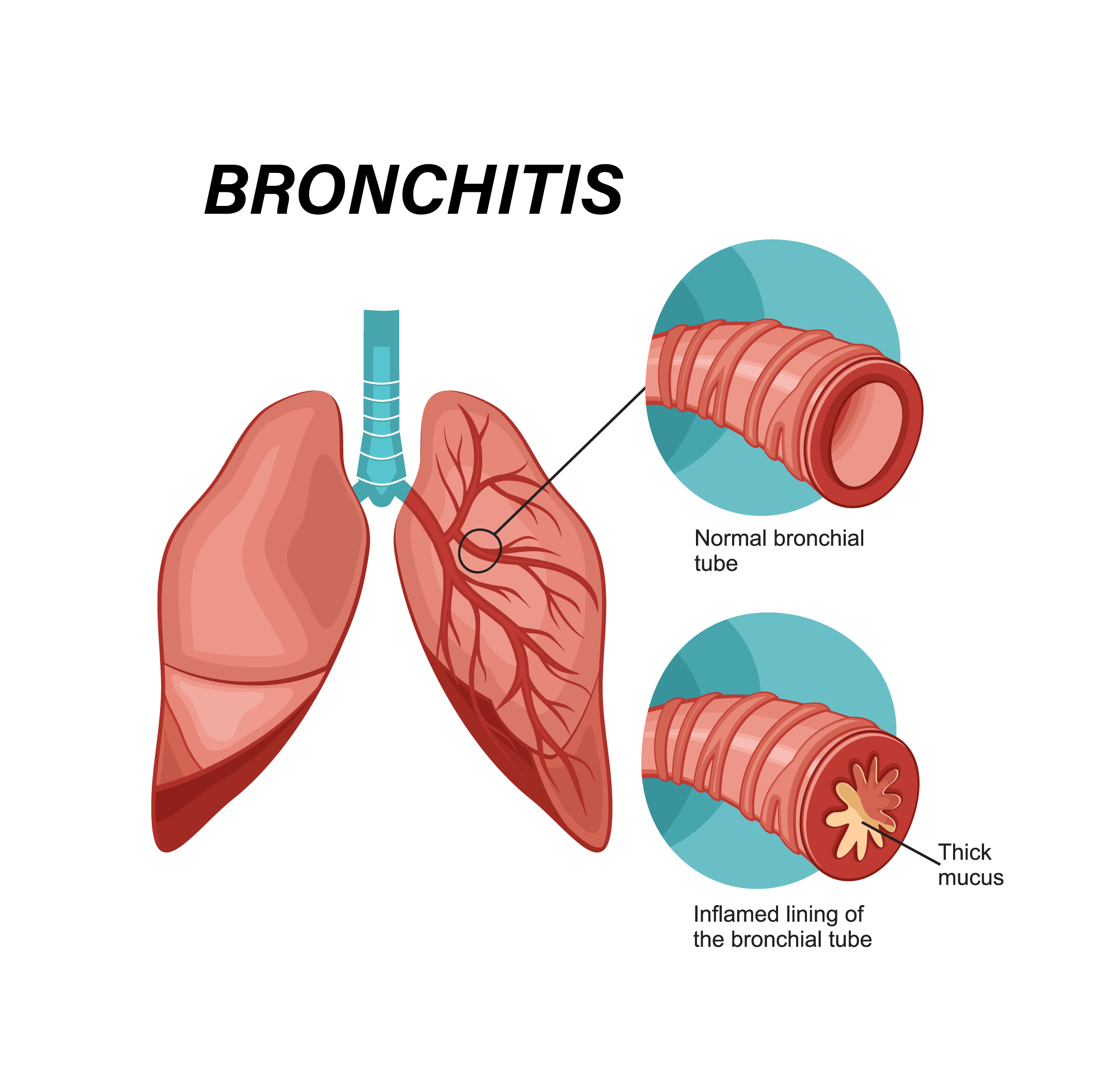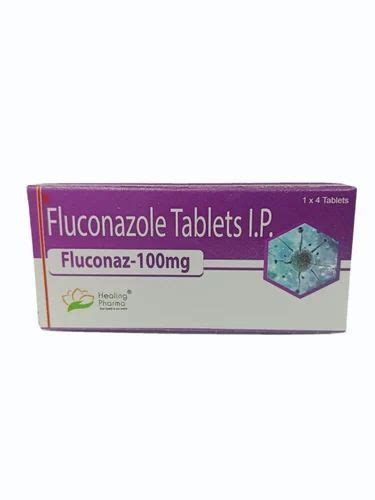The concept of a Health Maintenance Organization (HMO) has been a cornerstone of healthcare delivery systems for several decades. Initially introduced in the United States in the 1970s, HMOs were designed to provide an alternative to the traditional fee-for-service model of healthcare. The primary goal of an HMO is to deliver high-quality, cost-effective healthcare services to its members by emphasizing preventive care, coordination of services, and management of healthcare resources.
Historical Evolution of HMOs
The development of HMOs can be traced back to the 19th century, when healthcare providers began experimenting with prepaid healthcare plans. However, it wasn’t until the 1970s that HMOs started to gain popularity as a response to the rapidly increasing costs of healthcare. The Health Maintenance Organization Act of 1973 provided federal funding and guidelines for the establishment of HMOs, marking a significant milestone in the evolution of managed care.
Key Components of HMOs
HMOs operate on several key principles that distinguish them from traditional healthcare delivery models: - Prepaid Membership: Individuals or groups pay a fixed premium to the HMO, which covers a range of healthcare services. - Network of Providers: HMOs establish contracts with a network of healthcare providers, including primary care physicians, specialists, hospitals, and other healthcare facilities. Members typically receive care from within this network, except in emergency situations. - Primary Care Physician (PCP) Gatekeeper Model: Members often select or are assigned a PCP who acts as a gatekeeper, coordinating care and making referrals to specialists when necessary. - Emphasis on Preventive Care: HMOs place a strong emphasis on preventive care, including routine check-ups, screenings, and health education, in an effort to reduce the need for more costly interventions later on.
Types of HMOs
Over the years, various types of HMOs have emerged, each with its own structure and operational model: - Staff Model HMO: In this model, healthcare providers are employed directly by the HMO. - Group Model HMO: Physicians and other healthcare providers form a group practice that contracts with the HMO to provide care. - Network Model HMO: This model involves a network of independent physicians and groups that contract with the HMO. - Mixed Model HMO: Some HMOs combine elements of the above models to create a hybrid approach.
Comparative Analysis with Other Healthcare Models
In comparison to other healthcare delivery models, such as Preferred Provider Organizations (PPOs) and Point of Service (POS) plans, HMOs are often characterized by their more restrictive network and gatekeeper requirements. However, this structure can also lead to more coordinated care and lower out-of-pocket costs for members. The choice between an HMO and another type of plan depends on individual preferences regarding flexibility, cost, and accessibility of care.
Future Trends and Challenges
The healthcare landscape is continually evolving, with trends such as value-based care, digital health technologies, and personalized medicine influencing the role and structure of HMOs. As the population ages and healthcare costs continue to rise, HMOs face challenges in balancing affordability with the need for high-quality, patient-centered care. Innovations in care delivery, such as telehealth and home care, offer opportunities for HMOs to redefine their service models and improve member outcomes.
Myth vs. Reality: Understanding HMOs
Despite their prevalence, HMOs are often misunderstood. One common myth is that HMOs restrict access to necessary care due to their cost-saving measures. In reality, HMOs are designed to provide comprehensive care while managing costs through preventive measures and efficient use of resources. Another myth is that all HMOs are the same, which is not true given the variety of models and networks available.
Decision Framework for Choosing an HMO
For individuals and families considering an HMO, several factors should be taken into account: - Network and Availability of Providers: Ensure that your current healthcare providers are part of the HMO’s network or that you are comfortable switching to new providers. - Coverage and Benefits: Review the plan’s coverage, including any exclusions or limitations, to ensure it meets your healthcare needs. - Costs: Evaluate premiums, deductibles, copays, and coinsurance rates to determine the plan’s affordability. - Quality of Care: Research the HMO’s reputation, consumer satisfaction ratings, and quality metrics.
Conclusion
Health Maintenance Organizations have played a significant role in shaping the healthcare delivery system by focusing on preventive care, coordinating services, and managing healthcare resources. While they offer many benefits, including cost-effectiveness and comprehensive care, individuals must carefully consider their needs and preferences when deciding whether an HMO is the right choice for them. As the healthcare industry continues to evolve, HMOs will likely adapt, incorporating new technologies and care models to improve outcomes and satisfaction for their members.
What is the primary goal of a Health Maintenance Organization (HMO)?
+The primary goal of an HMO is to deliver high-quality, cost-effective healthcare services to its members by emphasizing preventive care, coordination of services, and management of healthcare resources.
How do HMOs differ from traditional fee-for-service models of healthcare?
+HMOs differ from traditional fee-for-service models by providing prepaid, comprehensive healthcare services through a network of providers, with an emphasis on preventive care and coordination of services, rather than paying for each service separately.
What types of HMO models are available?
+There are several types of HMO models, including staff model, group model, network model, and mixed model, each with its own structure and operational characteristics.
How should individuals decide whether an HMO is the right choice for their healthcare needs?
+Individuals should consider factors such as the HMO’s network of providers, coverage and benefits, costs, and quality of care when deciding whether an HMO is the right choice for their healthcare needs.
What future trends may influence the structure and role of HMOs in healthcare delivery?
+Future trends such as value-based care, digital health technologies, and personalized medicine are likely to influence the structure and role of HMOs, requiring them to adapt and innovate to meet evolving healthcare needs.
Can HMOs restrict access to necessary care due to cost-saving measures?
+Despite common misconceptions, HMOs are designed to provide comprehensive care while managing costs. They emphasize preventive measures and efficient use of resources to balance affordability with the need for high-quality care.



